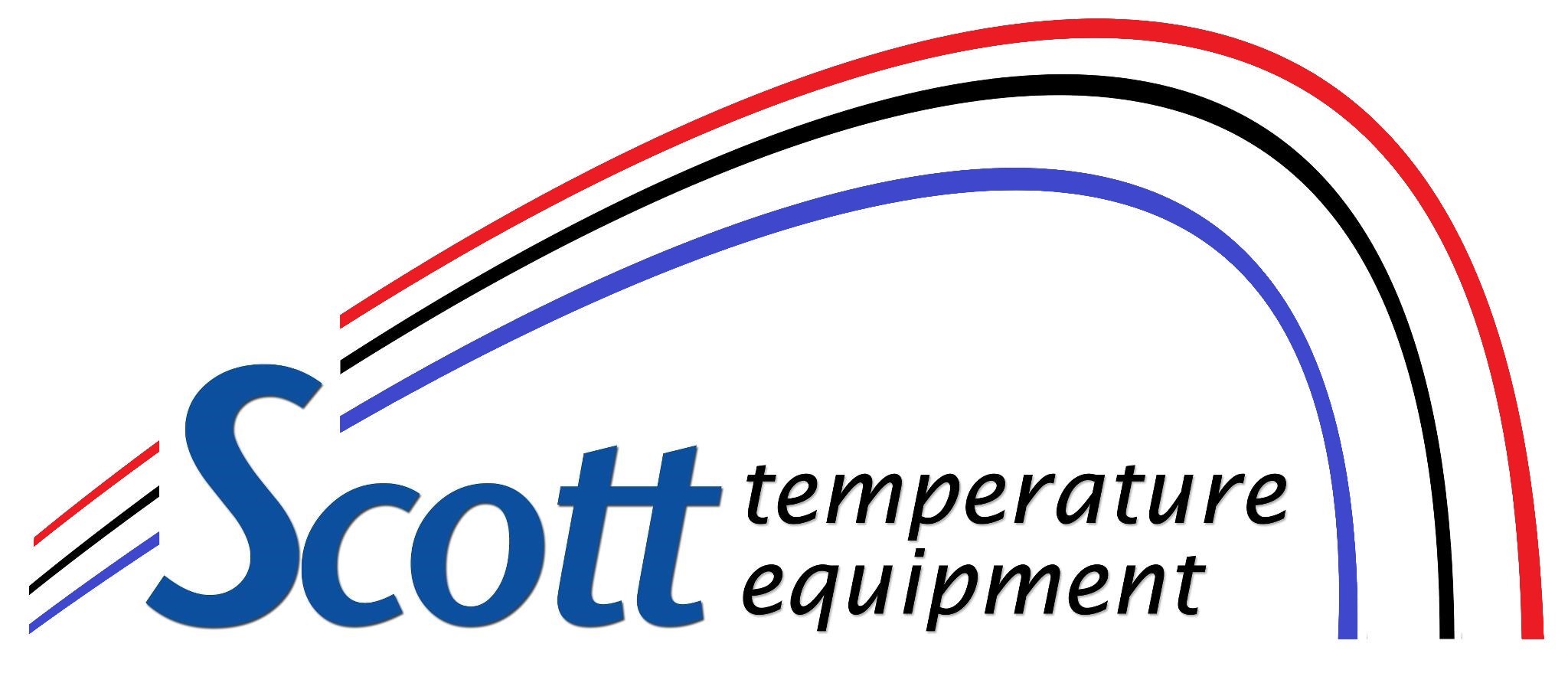As the weather is cooling off, you may be concerned about how you’ll prepare your heating and cooling. After all, HVAC expenses frequently contribute a large piece of your monthly electric bill. To figure out new ways to save, some homeowners take a closer look at their thermostat. Could there be a setting they should use to improve efficiency?
The majority of thermostats come with a ‘Fan’ or ‘Fan On’ setting. But if the fan is on during a normal cycle, what can the fan setting offer for the HVAC system? This guide can help. We’ll walk through just what the fan setting is and how you can use it to reduce costs in the summer or winter.
Should I Use My Thermostat’s Fan Setting?
For the bulk of thermostats, the fan setting signifies that the air handler’s blower fan keeps running. Certain furnaces may continue to generate heat at a low level with this setting, but in general heating or cooling isn’t being produced. The ‘Auto’ setting, on the other hand, will run the fan during a heating or cooling cycle and turn it off once the cycle is finished.
There are pros and cons to switching on the fan setting on your thermostat, and what’s ideal {will|can|should]] depend on your unique comfort preferences.
Advantages to using the Fan/On setting:
- You can keep the temperature in each room more consistent by permitting the fan to keep running.
- Indoor air quality can increase since steady airflow will keep moving airborne contaminants through the air filter.
- A smaller amount of start-stop cycles for the system’s fan helps extend its life span. Because the air handler is often connected to the furnace, this means you can prevent the need for furnace repair.
Disadvantages to switching to the Fan/On setting:
- A nonstop fan can raise your energy costs by a small margin.
- Continuous airflow can clog your air filter in a shorter amount of time, increasing the frequency you’ll need to replace it.
Which Setting for My Thermostat? Fan or Auto in Summer/Winter
During the summer, warm air can persist in unfinished spaces including the attic or an attached garage. If you use the fan setting, your HVAC system can draw this warm air into the rest of your home, pushing the HVAC system to work more to maintain the preferred temperature. In extreme heat, this may lead to needing AC repair more quickly as wear and tear increases.
The opposite can occur in the winter. Cooler spaces such as a basement will hold onto cooler air, which will eventually flow into the rest of your home. Keeping the fan on will sometimes draw more cold air upward, increasing the amount of heating you need to keep warm.
If you’re still trying to figure out if you should switch to the fan/on setting, remember that every home and family’s comfort needs will vary. Leaving the HVAC system’s fan on might be ideal for you if:
Someone in your household deals with allergies. Allergies and similar respiratory conditions can be tough on the family. Leaving the fan on should help to enhance indoor air quality, helping your family breathe easier.
Your home deals with hot and cold spots. Many homes wrestle with persistent hot and cold spots that quickly shift to a temperature different from the rest of the house. The fan setting can help lessen these changes by constantly refreshing each room’s ventilation.
